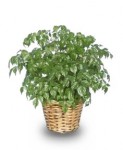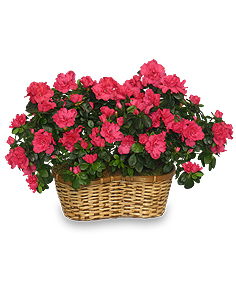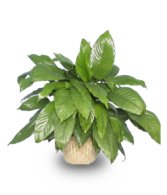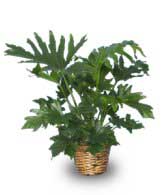Ask the Expert: How to maintain a Rosemary plant.
I received a Rosemary plant,shaped and the size of a small Christmas tree. It was placed outdoors and the weather here has been in the low 20’s at night. It is on the front porch and receives sun during the day, but I am afraid it will freeze.How can I preserve it against the elements.Would it survive inside. MY house is kept very warm and has some very sunny rooms. Margaret
Flower Shop Network Plant Expert Reply: Rosmary is a hardy plant outdoors through USDA Hardiness zone 7, when planted in the ground. Potted however extreme cold – lower than 20 degrees F, especially with wind chills may harm your plant.
Rosemary is a fairly easy plant to maintain indoors. First thing – If it is wrapped in foil or celophane, that needs to be removed soon, as these can trap water in the pot. It can stay on through the holidays, but be careful not to overwater the plant.
If repotting the rosemary, terra cotta would be my choice of pottery. It prefers bright light, and a well drained soil, and preferably not in direct path of heating vent. Keep the plant moist but not oversaturated with water and fertilize regularly with a balanced water soluable fertilizer such as Peters or Miracle-Gro.
It may take a few weeks to get the watering situated as it will depend on how warm you keep your home, the best way is to try to water once a week and adjust if needed. Don’t be affriad to trim off sprigs for roasted turkey or chicken. Once spring arrives place plant outdoors in full sun or part shade.


 Find Your
Find Your 





